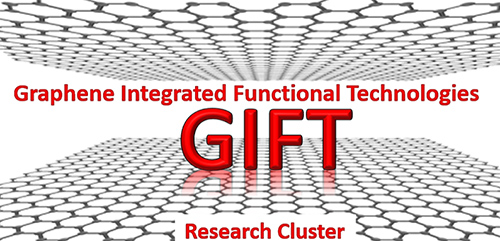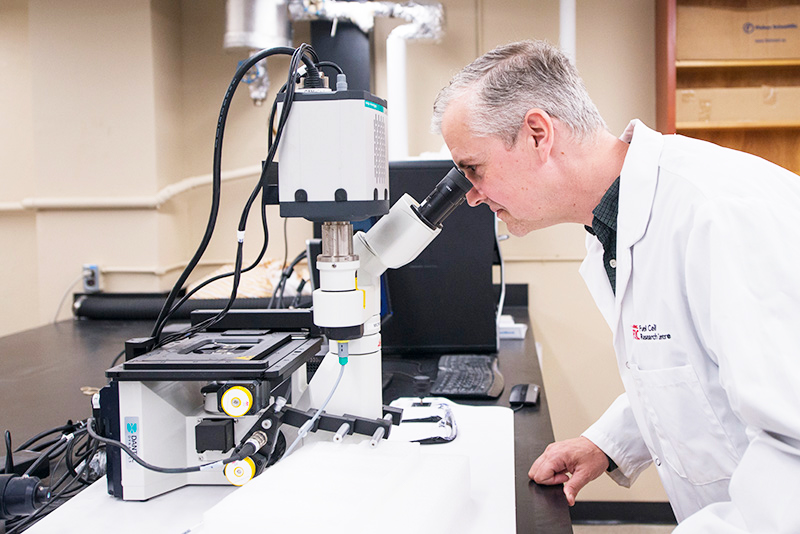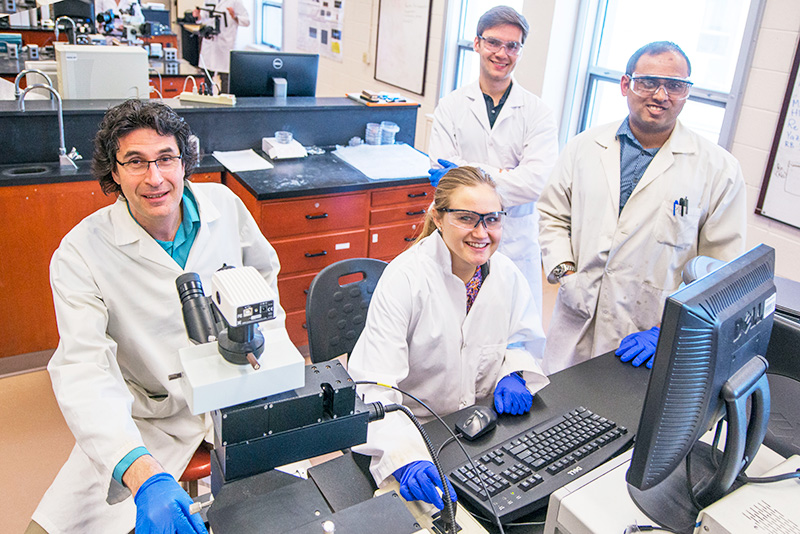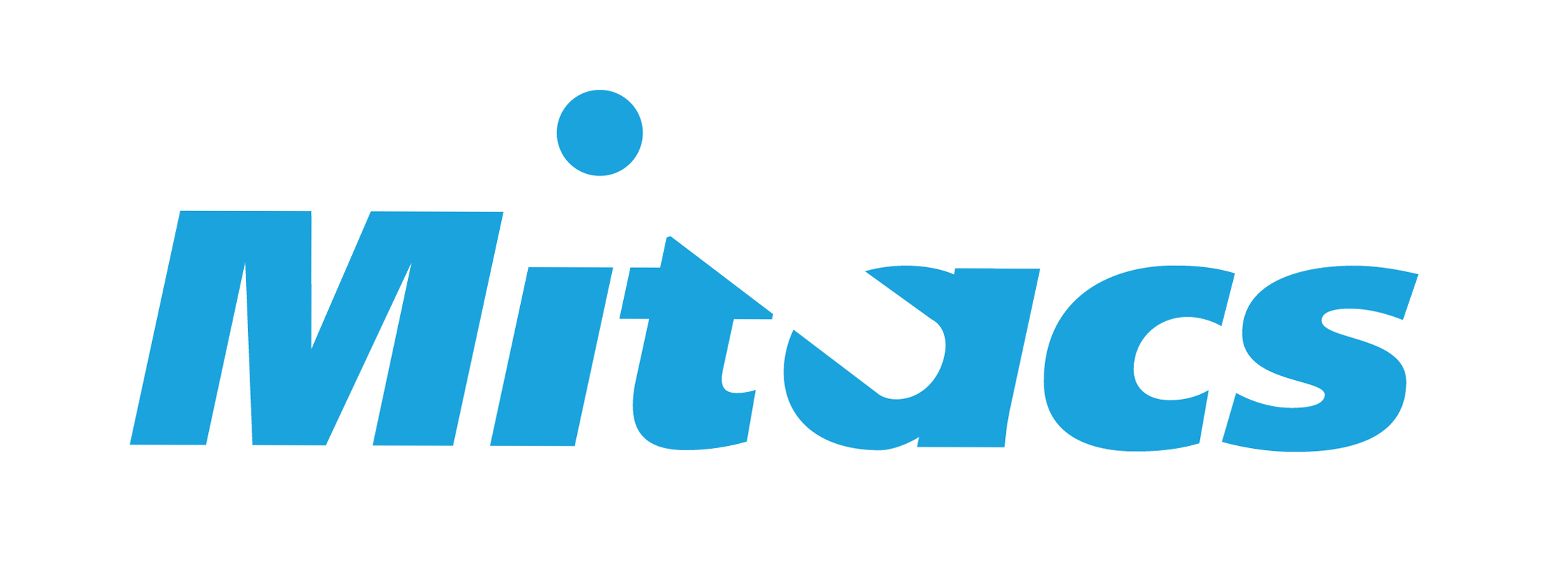The GIFT (Graphene Integrated Functional Technologies) Research Cluster at Queen’s University aims to develop a portfolio of Graphene Nano-Platelet (GNP)-based products, including autonomous sensors, energy storage, fuel cells and electrically conductive devices. Additionally, this interdisciplinary research will incorporate a bioaccessibility and risk assessment of GNP at the conceptual stage to determine how to safely use these materials for medical and biosensor applications.

Graphene, a flat (2D) monolayer of carbon atoms, combines exceptional thermal and electrical conductivity with light weight, flexibility, and strength. The transformative potential of graphene extends to composite materials, energy storage/conversion, and wearable electronics.
Interested in joining our team? We are currently recruiting graduate students for the research projects below ↓

The Graduate Student Researcher will develop a large-area, multilayered architecture that permits the straightforward manufacturing of multifunctional wearable sensors by combining GNP and elastomeric matrices. Such sensors can be used as wearable human-machine interfacing devices, as remote real-time health monitoring systems, and multifunctional smart skins. The Graduate Student will demonstrate this principle by building a flexible touch/temperature sensor.
Supervisors: Dr. Kontopoulou and Dr. Docoslis
Contact: docoslis@queensu.ca
The Graduate Student Researcher will develop conductive GNP-based inks, which will be used to print flexible supercapacitors. These supercapacitors will be designed to respond to intermittent peak energy demands for the sensors, and will feature high energy content, power densities, and durability. The Graduate Student will formulate GNP inks with high concentrations of small particles, stably dispersed in water to print supercapacitors on flexible substrates.
Supervisors: Dr. Kontopoulou and Dr. Barz
Contact: dominik.barz@queensu.ca
The Graduate Student Researcher will use GNP as a primary component in the fabrication of lightweight, portable, and deformable microfluidic fuel cells. An innovative alkaline polymer electrolyte membrane will be utilized in these fuel cells that will consume a simple liquid fuel. Ambient air will be used as oxidant. These fuel cells will be able to deliver continuous low-level electrical power for wearable technologies. The Graduate Student will formulate GNP-based inks to print fuel cell electrodes that will be tested in prototype fuel cells for their electrochemical and mechanical performance.
Supervisors: Dr. Barz and Dr. Peppley
Contact: brant.peppley@queensu.ca
The Graduate Student Researcher will investigate the health hazards associated with the processing and use of GNP-based materials. Recent studies offer contradictory opinions on the potential toxic effects of GNP and this material is considered to pose a novel threat with potential risks associated with inhalation and organ uptake of few-layer GNP flakes. The Graduate Student will work on exploring new bioaccessibility methods to evaluate the mobility in simulated lung and gastrointestinal fluids.
Supervisors: Dr. Docoslis and Dr. Meunier
Contact: louise.meunier@queensu.ca

A Noncovalent Compatibilization Approach to Improve the Filler Dispersion and Properties of Polyethylene/Graphene Composites. Alexandros A. Vasileiou, Marianna Kontopoulou, and Aristides Docoslis Full Paper
Controlling MWCNT partitioning and electrical conductivity in melt compounded polypropylene/poly(ethylene-co-octene) blends. Kyle G. Petrie, Osayuki Osazuwa, Aristides Docoslis, and Marianna Kontopoulou Full Paper
Fabrication and Characterization of Thin Film Nickel Hydroxide Electrodes for Micropower Applications. Hamid Falahati, Edward Kim, and Dominik P. J. Barz Full Paper
Optimized inkjet-printed silver nanoparticle films: theoretical and experimental investigations. Sreemannarayana Mypati, Shankar R. Dhanushkodi, Michael McLaren, Aristides Docoslis, Brant A. Peppley, and Dominik P. J. Barz Full Paper
Electrically conducting polyolefin composites containing electric field-aligned multiwall carbon nanotube structures: The effects of process parameters and filler loading. Osayuki Osazuwaa, Marianna Kontopoulou, Peng Xiang, Zhibin Ye, and Aristides Docoslis Full Paper
Electrified Polyolefin/Multiwall Carbon Nanotube Composites Exhibit Dramatic Changes in Electrical Conductivity, Permittivity, and Filler Structure. Osayuki Osazuwa, Marianna Kontopoulou, Ribal Georges Sabat, and Aristides Docoslis Full Paper
Influence of dispersion medium on the morphological and physico-chemical characteristics of sprayed graphene oxide-based coatings. M. Gallerneault, F. Truica-Marasescu, and A. Docoslis Full Paper
Improving the Surface-Enhanced Raman Scattering Performance of Silver Nanodendritic Substrates with Sprayed-On Graphene-Based Coatings. Aida Mohammadi, Danielle Lilly Nicholls, and Aristides Docoslis Full Paper
Achieving high yield of graphene nanoplatelets in surfactant-assisted ultrasonication of graphite in water. Cameron S. Giglio, Osayuki Osazuwa, Marianna Kontopoulou, Aristides Docoslis. Full Paper
Printing of graphene supercapacitors with enhanced capacitances induced by a leavening agent. Minh-Hao Pham, Ali Khazaeli, Gabrielle Godbille-Cardona, Florina Truica-Marasescu, Brant Peppley, and Dominik PJ Barz. Full Paper
A Novel Flexible Hybrid Battery–Supercapacitor Based on a Self‐Assembled Vanadium‐Graphene Hydrogel. Ali Khazaeli, Gabrielle Godbille‐Cardona, Dominik P.J. Barz. Full Paper



